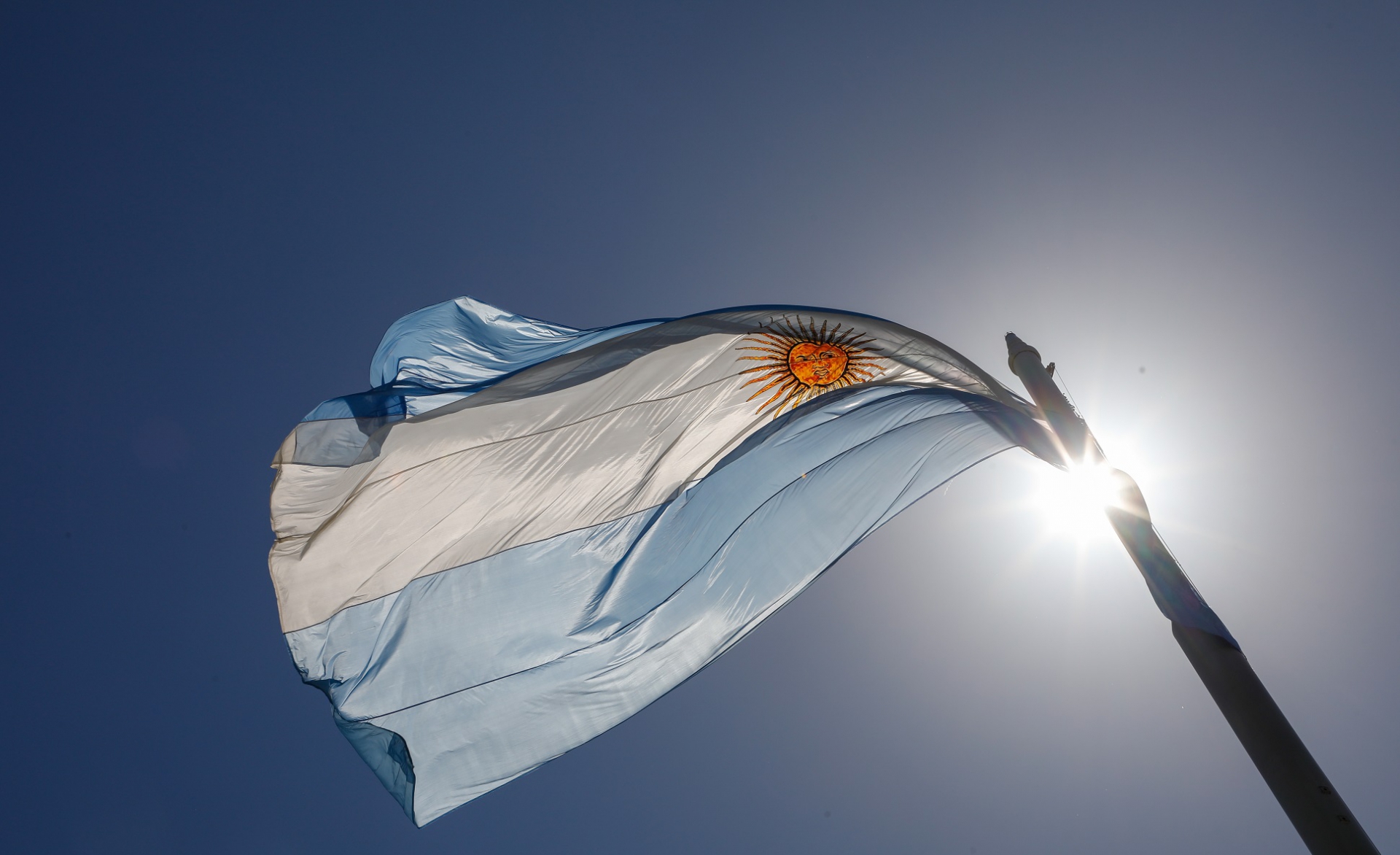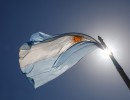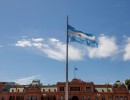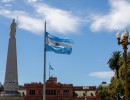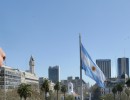"Being necessary to hoist a flag and not having it, I ordered it to be made white and light blue according to the colors of the national cockade". Manuel Belgrano.
A 212 años de la creación de la Bandera Nacional Argentina: El legado de Manuel Belgrano.
— Casa Rosada (@CasaRosada) February 27, 2024
La bandera argentina, símbolo de nuestra identidad y valores, nos une en un vínculo indisoluble con nuestra historia y legado. Hoy conmemoramos el primer izamiento de nuestra insignia… pic.twitter.com/UQEZxk6cv2
February 27, 1812 marks a fundamental milestone in our history, when on the banks of the Paraná River, in Rosario, the Argentine National Flag was hoisted for the first time. Manuel Belgrano, lawyer, economist, journalist and military man, was the architect of this patriotic symbol, which emerged in a context of necessity during the war for independence.
Belgrano, entrusted with the task of fortifying the shores of the Paraná, decided to fly a flag and, not having one available, he had a white and light blue one made, following the colors of the national cockade. This act symbolized the union and the fight for freedom in Argentine lands.
Belgrano's flag waited for its official recognition until July 25, 1816, when the Congress of Tucumán, after the proclamation of independence, established by law the adoption of a flag with the colors "light blue and white", in homage to the one created by Belgrano in 1812.
Manuel Belgrano
Manuel José Joaquín del Corazón de Jesús Belgrano was born on June 3, 1770 in Buenos Aires. He was one of the 16 children of the marriage of Domingo Belgrano Peri and María Josefa González Casero.
He was not only the creator of the flag, but a multifaceted figure who left an impact on Argentine history. A lawyer trained in Europe during the French Revolution, he was a member of the First Government Junta of 1810, actively participated in the wars of independence and led crucial military expeditions. He was at the head of the Northern Army and commanded the exodus from Jujuy.
In addition to his military contribution, Belgrano was an advocate of education, national industry, social justice and the rights of native peoples. His legacy includes the promotion of freedom and the construction of a nation based on democratic and solidary principles.
General Belgrano died on June 20, 1820 in the city of Buenos Aires, leaving an indelible legacy in the history of Argentina.
The tradition of the Grenadiers and the Flag at Casa Rosada
In a decree issued on July 15, 1907 by then President José Figueroa Alcorta, the Horse Grenadiers Regiment was entrusted with the important task of serving as presidential escort.
Its responsibility included the security of the President both at the Government House and at the Olivos Presidential Residence.
According to historical records, on August 5, 1907, the first guard duty was performed by the Grenadiers at the Government House. From that moment on, they are in charge of hoisting and lowering the National Flag on the mast of the Plaza de Mayo.
Every day, a select group of 7 grenadiers from the Ayacucho Squadron, together with the command horn, carry out this outstanding activity. It is important to point out that the flagpole that today stands in Plaza de Mayo is the old federal flagpole that originally stood behind the Government House. After the construction of the new presidential heliport, this mast was moved to the Plaza de Mayo, replacing the previous one.
The raising and lowering ceremony of the National Flag is a spectacle that can be witnessed every day. During the summer schedule, the hoisting takes place at 07:15 hours, while the lowering takes place at 19:00 hours. During the winter schedule, the hoisting takes place at 07:30 hours, followed by the lowering at 18:00 hours.
212 years after the first hoisting of the national flag, we remember its creator, whose commitment to freedom and justice remains in the hearts of Argentines.
